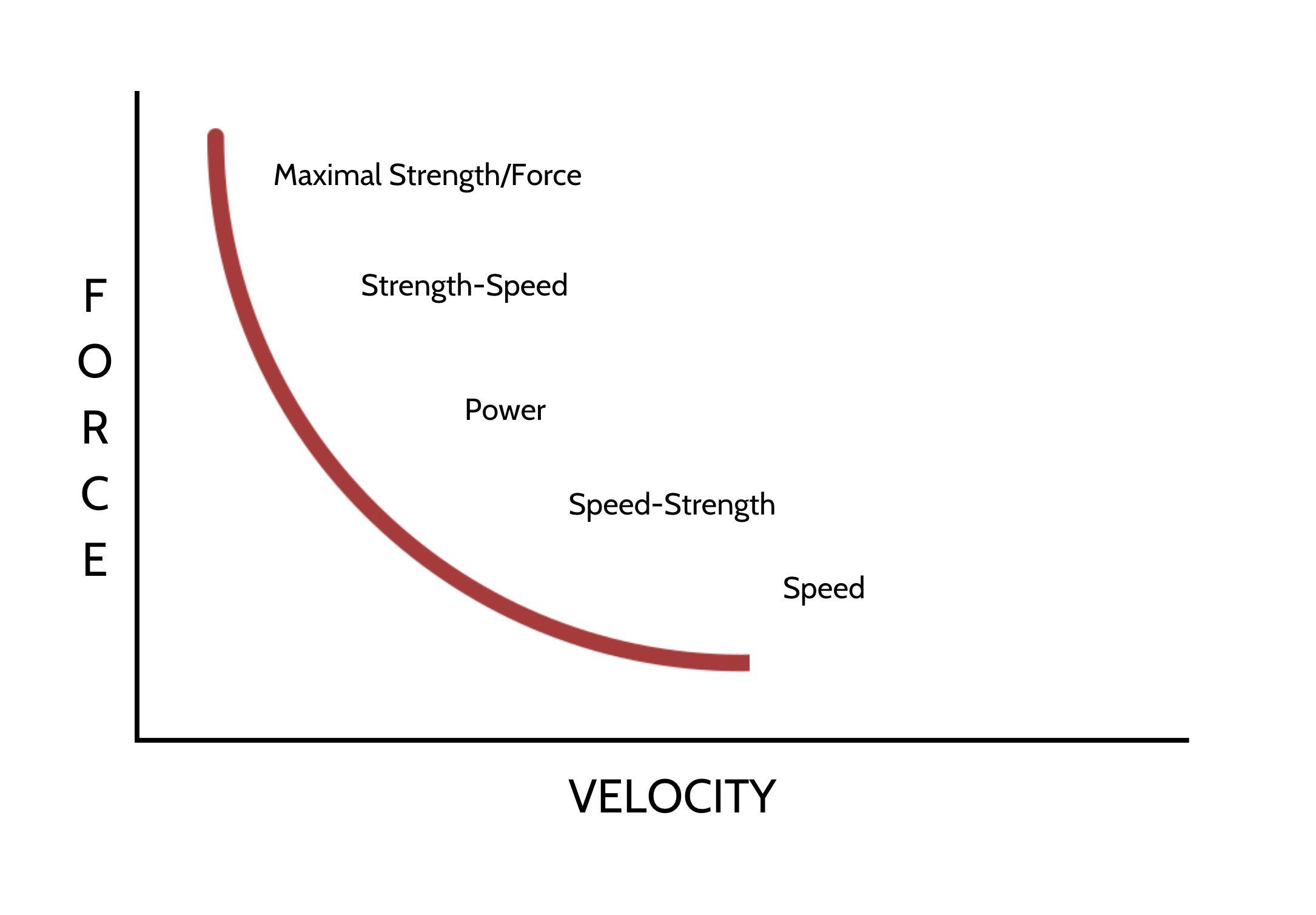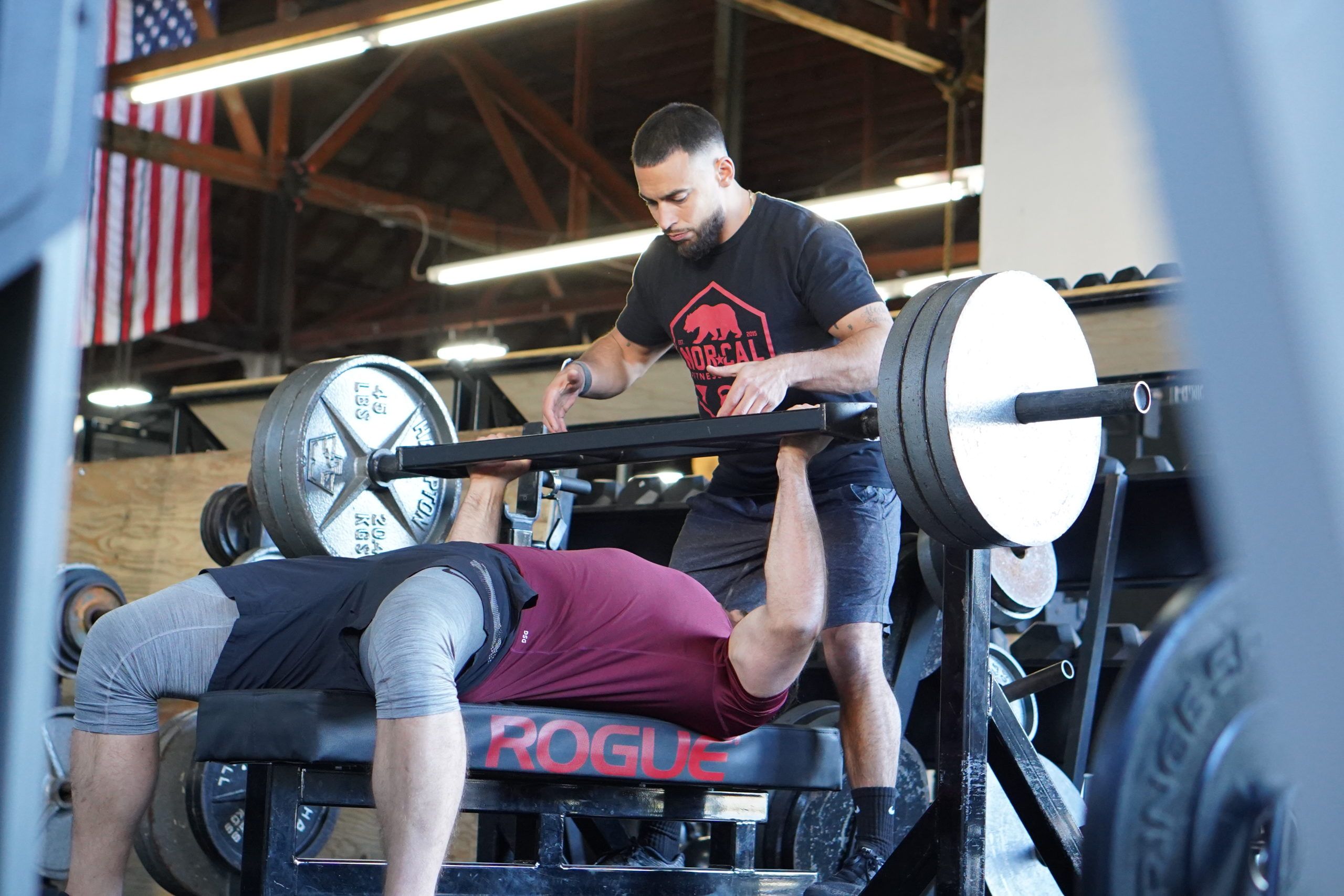EVERYTHING YOU NEED TO KNOW ABOUT THE FRENCH CONTRAST TRAINING METHOD
Are you an athlete looking to improve your strength and power? If so, you may want to consider trying out the French Contrast Training method. Created by renowned strength and conditioning coach Gilles Cometti, this training method has been used by top athletes around the world to help them reach their full potential.
One of the biggest pain points for athletes is finding effective training methods that will help them get stronger and more powerful. Traditional weightlifting routines can be boring and monotonous, and they often don't provide the same level of results as more innovative approaches. This is where the French Contrast Training method comes in.
The French contrast training method uses 4 exercises done with minimal rest in between to take advantage of P.A.P. Post Activation Potentiation this is essentially like high jacking your nervous system to achieve better power.
The 4 exercises we use all have corresponding points on the force-velocity curve. I’ll briefly describe each point on the force-velocity curve.

1) Maximal force or strength is the point on the force-velocity curve where an athlete can produce the maximum amount of force. Exercises that target this point are typically focused on increasing an athlete's maximal strength, such as heavy weightlifting or isometric contractions.
To train in the maximal force or strength zone, athletes typically use a heavy load that they can only move slowly. For example, an athlete might do a heavy squat or a maximum-effort push-up. The goal is to produce as much force as possible, even if it means moving the weight slowly.
In terms of bar velocity, the maximal force or strength zone is typically characterized by bar velocities below 0.3 meters per second. This means that the weight being lifted should be heavy enough that the athlete can only move it slowly, even with maximum effort.
Here are some examples of exercises that can be used to train in the maximal force or strength zone:
- Heavy squats or leg presses
- Heavy presses or rows
- Overcoming isometrics: Pushing again an immoveable object as hard as you can
- Heavy sled pushes

2) To train in the strength-speed zone, athletes typically use a moderate to heavy load while moving as quickly as possible. For example, an athlete might do a squat jump with a moderate weight on their shoulders, or a medicine ball throw with a heavier ball. The goal is to move the weight as quickly as possible while still maintaining good form and control.
In terms of bar velocity, the strength-speed zone is typically characterized by bar velocities between 0.3 and 0.6 meters per second. This means that the weight being lifted should be heavy enough that the athlete has to work hard to move it quickly, but not so heavy that they are unable to move it at all.
Here are some examples of exercises that can be used to train in the strength-speed zone:
- Jump squats with a moderate weight on the shoulders
- Medicine ball throws with a heavy ball
- Kettlebell swings with a moderate weight
- Plyometric push-ups with added weight on the back
- Sled pushes or pulls with a moderate weight
3) Maximal power is the point on the force-velocity curve where an athlete can produce the maximum amount of power, which is a combination of force and speed. Exercises that target this point are typically focused on increasing an athlete's power and explosiveness, such as Olympic weightlifting or plyometrics.
To train in the maximal power zone, athletes typically use a heavy load that they can move quickly. For example, an athlete might do a power clean or a box jump. The goal is to produce as much power as possible by combining maximum force with maximum speed.
In terms of bar velocity, the maximal power zone is typically characterized by bar velocities between 0.6 and 1.0 meters per second. This means that the weight being lifted should be heavy enough that the athlete has to work hard to move it quickly, but not so heavy that they are unable to move it at all.
Here are some examples of exercises that can be used to train in the maximal power zone:
- Olympic weightlifting movements, such as the power clean or the snatch
- Plyometric exercises, such as box jumps or depth jumps
- Medicine ball throws with a heavy ball
- Sled pushes or pulls with a heavy weight
- Kettlebell swings with a heavy weight

4) Speed-strength is a point on the force-velocity curve where an athlete can produce a low amount of force at a high speed. Exercises that target this point are typically focused on increasing an athlete's speed and agility, such as sprinting or quick changes of direction.
To train in the speed-strength zone, athletes typically use a light load so that they can move quickly. For example, an athlete might do a light weightlifting movement with a fast bar velocity, or a series of quick hops or jumps. The goal is to move the weight as quickly as possible while maintaining good form and control.
In terms of bar velocity, the speed-strength zone is typically characterized by bar velocities above 1.0 meters per second. This means that the weight being lifted should be light enough that the athlete can move it very quickly, even with maximum effort.
Here are some examples of exercises that can be used to train in the speed-strength zone:
- Light weightlifting movements with a fast bar velocity, such as a snatch or a clean and jerk
- Plyometric exercises, such as hopping or jumping
- Medicine ball throws with a light ball
- Sled pushes or pulls with a light weight
- Kettlebell swings with a light weight
5) Maximal velocity/Overspeed is the point on the force-velocity curve where an athlete can move the fastest. Exercises that target this point are typically focused on increasing an athlete's speed and acceleration, such as sprinting or jumping.
Overspeed training is a type of training that involves moving faster than an athlete's usual maximum speed. This can be achieved through the use of various training methods, such as running downhill, using a treadmill set to a faster speed, band assisted plyometrics The goal of Overspeed training is to improve an athlete's maximal velocity and acceleration, which can increase their overall speed and quickness.
Here are some examples of exercises that can be used to train maximal velocity and Overspeed:
- Downhill Sprints
- Treadmill training with a faster speed setting
- Band-assisted vertical jumps and hops
- Band assisted sprints

How to set up your french contrast training workout.
Choosing the right exercises is critical for setting up french contrast training they all need to be targeting the same muscle groups and movement patterns. This means selecting 4 exercises that work a vertical squat pattern or force production, lateral force production, Hinge/posterior chain, Horizontal force production, horizontal press, vertical press, vertical pull, horizontal pull
We typically don't use french contrast training for pulling motions as there are limited exercises we can use to power production of the lats and with upper body training we don't need to focus so much on power production compared to the legs.
The order for French Contrast
1A. Max Force/ Strength
2A. Max Power
3A. Speed-strength/Power
4A. Max Velocity/ Overspeed
And what this looks like is
1A. Heavy Compound Movement at 85%1RM
2A. Weighted Plyometic 10-20% BW
3A. Plyometric
4A. Assisted Plyometric or sprint
Overall, the French contrast training method is a valuable tool for athletes and coaches who want to improve an athlete's power and performance. By targeting different areas of the force-velocity curve, this training method allows athletes to become more dynamic and explosive, which can help them succeed in their sport.
If you are interested in using a program that incorporated the french contrast training method go check out our Elite Athlete Project Membership where you'll get access to all of our programs that use the French Contrast Training method like our Bomb Squad program for baseball and rotational athletes and our Strength & Power Program for football and athletes who need to get strong and powerful quickly

